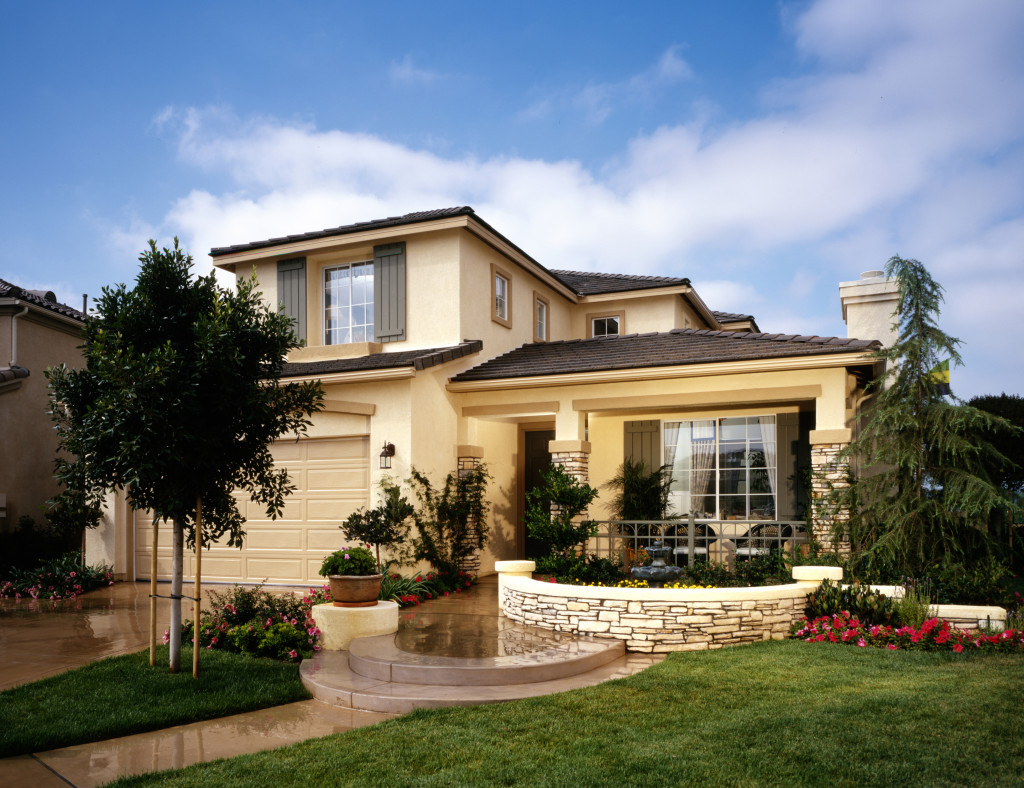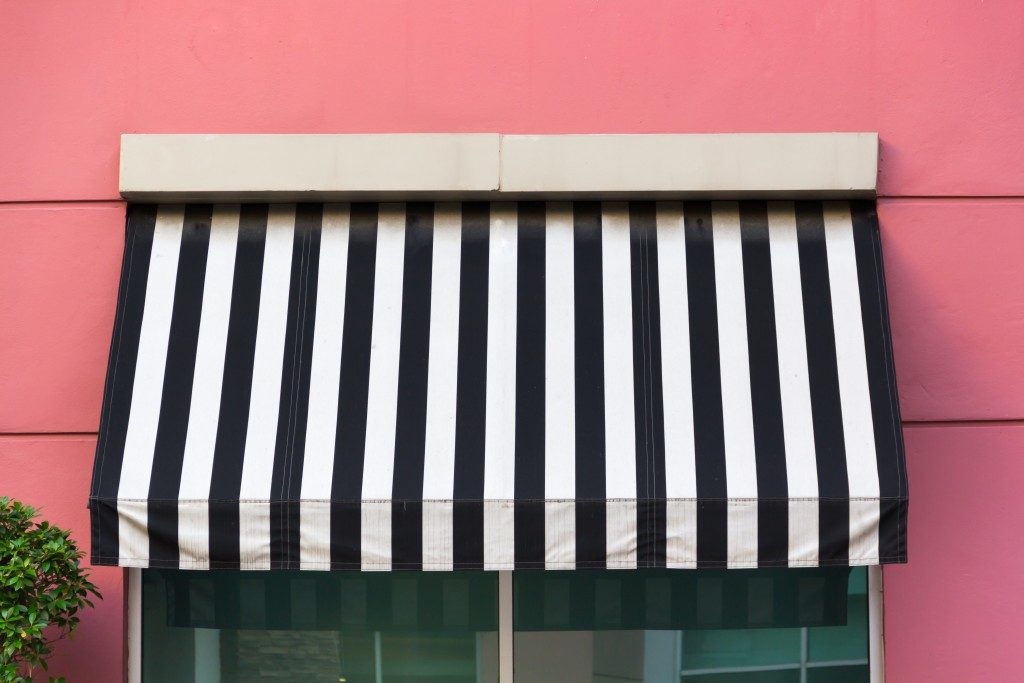The year 2020 wasn’t necessarily a tumultuous year. If anything, it brought something positive among many households—home improvement projects. Many homeowners who got stuck at home took the plunge of renovating their houses last year.
This year, expect many families to continue improving their real estate properties. But this time around, they’ll most likely pay attention to their home exterior. One thing they might consider is getting a siding installation using new materials. The ultimate goal is to boost their property’s curb appeal.
If you’re wondering what siding materials to use, here are some of the best ones:
1. Wood
When it comes to the home exterior, wood is considered the oldest and most popular material for siding. It can easily be custom-made to fit your home’s overall appearance. It can also be arranged and installed in different ways, whether like shingles or vertical boards. Lastly, it can be applied with stains or paint for aesthetic purposes.
What’s good about the timber material is that it offers a classic look best suited for old houses. Also, it is customizable and versatile, as mentioned above. Plus, it is a sustainable material that won’t harm the environment.
The only problem, however, is that wood is a combustible material that can be burned. Also, it may not be as durable as other materials that may require constant maintenance and refurbishment.
2. Vinyl
Vinyl siding is one of the most popular choices. For the uninitiated, vinyl is made of a plastic known as the most versatile and commonly used material. This material is typically used in the world of construction, such as flooring and siding.
One advantage of using vinyl for your siding is its versatility. This material has a variety to choose from that can suit any home style. Also, it comes in various shapes and sizes as well as colors and designs. You can opt for one best suited for your house to boost its visual appeal. Lastly, it is fire-resistant for up to 750 degrees.
One major drawback, however, is that vinyl is prone to wear and tear. It can easily and quickly fade through time. Plus, it is vulnerable to harsh outdoor elements like rust and mold.
3. Metal
No one can argue the prevalent use of metal in home construction. And this applies to home exterior siding as well. Sure, this may be a popular material for roofing and other parts of the house. But in recent years, metal like steel and aluminum has become increasingly popular as a siding material.
What’s great about metal is its strength, durability, and longevity. This material can withstand harsh outdoor elements and even endure the test of time. Also, its siding installation and maintenance are relatively straightforward.
The only problem with steel or aluminum siding is that it offers little insulation. So your house may not be able to protect itself from the heat (during summer) or draft (in winter).

4. Bricks
There’s no arguing that brick is a classic and timeless material. It has long been a standard in the construction industry, especially during the olden times. But in recent years, many homeowners have deliberately considered installing bricks for classic aesthetics. Apart from driveways and walkways, bricks are ideal for sidings as well.
One amazing feature of bricks is their durability, which means they can last for as long as possible. They also require minimal upkeep, so you need not worry about maintaining them in the long run.
One downside of bricks, however, is that they are costly to install. Another is that they also need a waterproof sealant and lack color options.
5. Natural Stones
Natural stones are exactly what they are, also used for home exterior siding. They can be limestone, granite, quartz, marble, flagstone, cobblestone, and travertine stones. Know, however, that they aren’t natural stones when installed. These stones have already been cut into slabs.
What’s good about natural stone is that it is durable and long-lasting. It can withstand extreme weather and other harsh outdoor elements. It is also sustainable and environmental-friendly as a material for siding. And because it comes in different shapes, sizes, colors, and designs, it can be visually appealing.
One major problem is that the availability of natural stone. As it isn’t readily available in major retails; you’ll have to turn to specialty dealers who can procure authentic natural stone.
At this point, you now know what material options to choose for your siding installation. Consider wood, vinyl, metal, bricks, or natural stones for your home exterior. When choosing, factor in their features and attributes as well as weigh in their pros and cons. With all these in mind, you’ll make the right siding material selection best suited for your house. Ultimately, this will take your property’s curb appeal up a notch.




